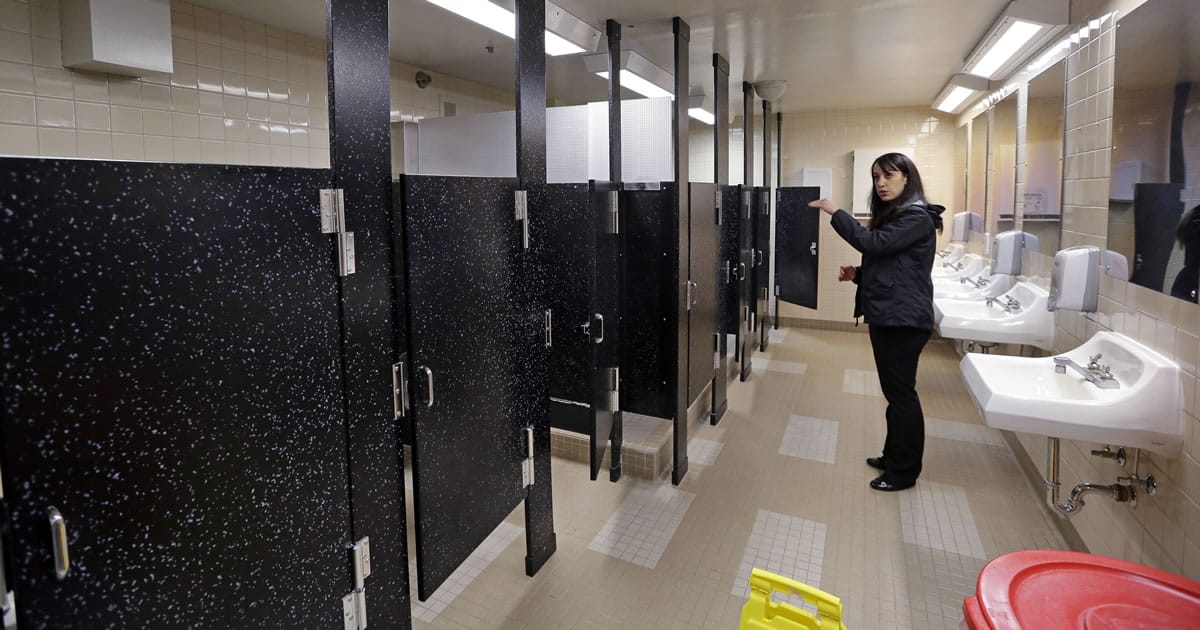A look at problem of rape in U.S. prisons
Inmate advocates had lobbied for years for policymakers and lawmakers to address the problem of prison rape. Federal statistics show about 216,000 adult and juvenile inmates are sexually assaulted each year, compared to 238,000 in the overall U.S.
More than half of all sexual assaults behind bars are committed by prison staffers, according to the U.S. Department of Justice, and more than half of those employee-on-inmate assaults are committed by women.
Among the most vulnerable populations are the mentally ill, juveniles and lesbian, gay, bisexual and transgender inmates.
By the mid-1990s, more than half of the states passed laws defining staff-on-inmate sexual misconduct as a criminal offense.
And in 1994, the U.S. Supreme Court ruled that federal prison officials in Terre Haute, Indiana, failed to take reasonable measures to protect a transgender woman who was repeatedly raped after she was sent to live with the general male population.
Prison rape survivors, inmate advocacy groups and evangelical organizations lobbied Congress to pass a law that aimed to end sexual assault behind bars. In 2003, Congress unanimously passed it.
If states opt out of the law or don't comply, they stand to lose 5 percent of federal funds they get for prison operations.
In all, states have spent more than $110 million in state and federal funds to implement the law. By last fall, every state was supposed to certify that it had instituted dozens of the standards.
So far, New Jersey and New Hampshire say they are compliant with the law's requirements, and 43 states and the District of Columbia are working toward that goal. All states have made some improvements to follow the law.
Pennsylvania developed a web-based incident reporting program, and is working to improve prosecution strategies to ensure that rapists are brought to justice. Colorado and Oregon, for example, are using software to help track sexual assault reports.
Texas, Arizona, Florida, Indiana, Nebraska, Utah and Idaho have opted out, arguing that it's too costly to implement requirements that they say don't give them the flexibility to administer their facilities the way they see fit.
Texas, for example, says a requirement to prevent guards from seeing inmates of the opposite sex naked in the showers or during strip searches wouldn't work because 40 percent of the correctional officer workforce is female.
Federal surveys show the nation's rate of sexual victimization behind bars has remained steady for at least 7 years, with nearly 1 in 10 adult inmates reporting attacks. The rate is the same for juveniles, although that has improved slightly since 2008.



